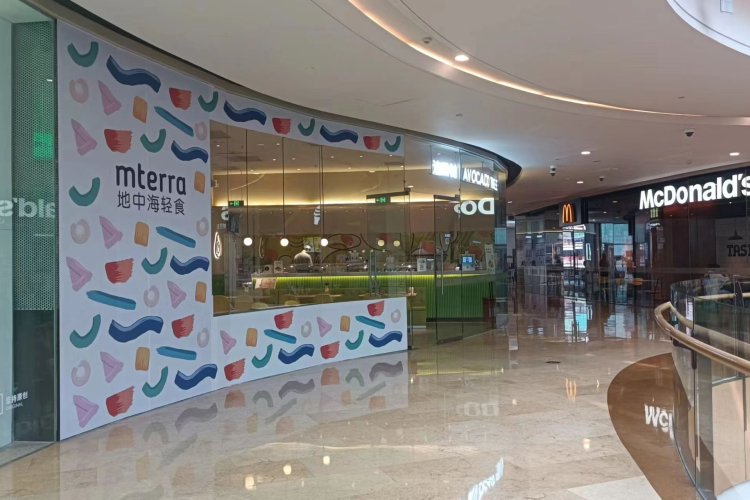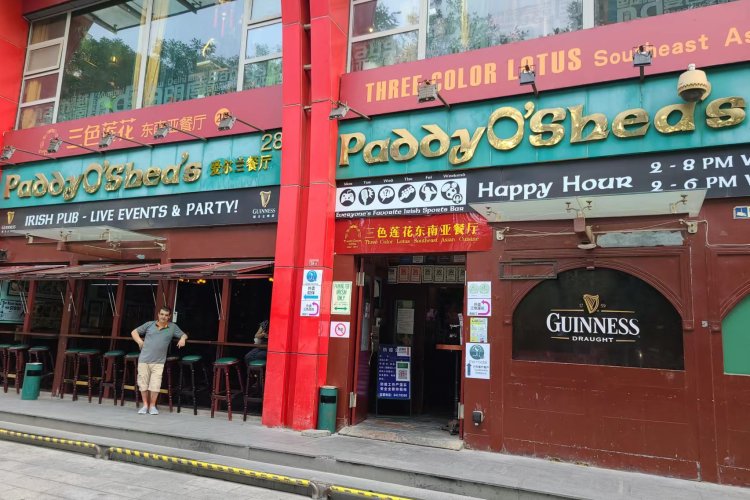Food For Thought: the Evolution of Beijing Eateries
Among the expats of Beijing are some old-timers who’ ll wax with baffling fondness about food back in the day, 20 or even 30 years ago. They are of course mostly full of shi – the capital today offers an embarrassment of gastronomic riches, while back in the earlies it was, well, just an embarrassment. But lest we take for granted the city’s astonishing Chinese culinary offerings – rivaled nowhere in the world for regional diversity, and only perhaps by Taipei for sheer quality – it’s instructive to remember just how far things have come in such a short span of time.
It wasn’t all awful, of course. Home-cooked meals were great, owing perhaps to produce which, even if more constrained by the season, was usually fresh and flavorful. You could eat well in the fancy hotel restaurants, but only if you could afford it and had some FEC – the Foreign Exchange Certificates needed to purchase certain goods. Alternatively, if you had privileged connections, strong liver function and an inordinate fondness for sea cucumber, there was always a banquet to be had. I had none of those – not the FEC, the guanxi, the liver nor sea cucumber love. So for me, the quintessential dining experience of my early days here was the good old state-run restaurant.
Old-school state-run joints aren’t all that easy to find nowadays, though their dispirited descendents live on in the employee shitang of office buildings, and in the neighborhood dives in Beijing’s less fashionable quarters. You know the places: cheap and less than cheerful, with their drab exteriors, harsh fluorescent lighting, pungent baijiu stench, and outsize glass Lazy Susans, milky from occasional, half-hearted wipes with greasy rags. Even these, thou gh , are a huge improvement on what used to be.
In the late 1980s, when I first lived in Beijing, there were already good privately run restaurants, but still I mostly ate at a large, nondescript state run place just down the hutong from my family’s home in Xisi. I learned to get there on time if I expected to eat. After 1.30pm, the staff in their blue vests would already be down for their siesta, and after 7.30pm they’d be gathered around some costume drama on the tiny television on the cashier’s counter and couldn’t be bothered to take your order.
The thick, vinyl-bound menu promised a variety the kitchen could never make good on. A surly waitress would saunter over, impatiently wait for me to order, and reflexively snarl “Meiyou!” to just about everything I asked for. Half the time I’d grudgingly settle on garlic shoots (suanmiao) with pork and gulao rou, a sweet-and-sour pork whose batter-fried exterior and sugary sauce spared me from really having to taste the odd bits of meat within. Decent beef was out of the question. If I was lucky, they’d have a leafy g reen l ike rape or bok choy, but usually it was kongxincai (water spinach), youmaicai (Chinese lettuce), and haoziganr (crown daisy chrysanthemum), none of which really did it for me then and still don’t today. The veggies weren’t bad, though, once you drained off the preposterous amounts of oil in which they were stir-fried. Spinach was available in season, but broccoli, snow peas and asparagus didn’t start appearing with much frequency until the early ’90s.
It was the rare restaurant that offered cold beverages; after a while, I just came to accept that, except in the winter months, my beer or Coke would be served warm. Happily, those weren’t the only choices in drink. There was coconut milk – still available in most Chinese eateries – and an odd sort of orange beverage called either “Snappy C” or “Pulpy C,” for which I still get nostalgic longings. Tea, if you were lucky, was your basic Beijing jasmine brew; usually, though, it was a kind of rusty, slightly earthy decoction of brick-tea scraps.
Then there was the rice. I really can’t fathom why the rice was so uniformly awful back then. Somehow, no matter what time of day I ordered, my rice would arrive cold, stale and hard. But it was the sand, and occasionally the BB-sized pieces of gravel, that really ruined the rice for me. After that first jarringly audible crunch, no pleasure was possible for the rest of the meal, which I spent chewing timidly and with intense concentration out of fear that a visit to the dentist – truly a frightening prospect back then – would be necessary. But woe be tide the customer who’d think to complain about rocks in the rice to the waitress.
Today the tables have completely been turned, and the customers, once cowed by ill-tempered wait staff, now bark at them and bitch if their orders aren’t on the table within five minutes. Superabundance, hypercompetition, and unconscionable waste: Is there a better symbol of the changes China’s undergone than Beijing’s restaurants?
Related stories :
Comments
New comments are displayed first.Comments
![]() cowboy123
Submitted by Guest on Wed, 04/14/2010 - 10:59 Permalink
cowboy123
Submitted by Guest on Wed, 04/14/2010 - 10:59 Permalink
Re: Food For Thought: the Evolution of Beijing Eateries
Great article! But "rivaled only by Taipei in quality" ? Hong Kong is pretty much the culinary champ in the eyes of most, I think.
Validate your mobile phone number to post comments.






